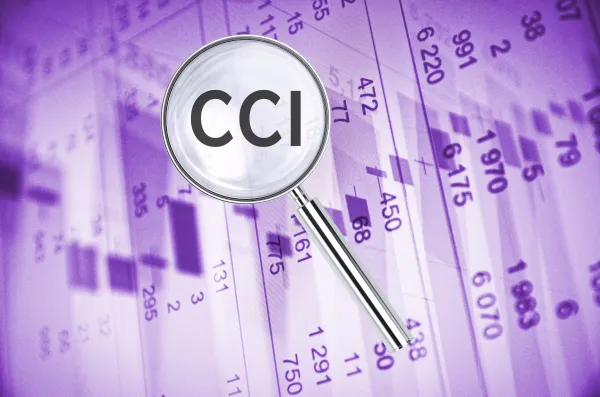Podiatry Coding & Billing Alert
CPT®:
Highlighting Location, Graft Type Will Help You Submit Skin Substitute Graft Claims With Confidence
Published on Tue Jun 04, 2019

You’ve reached your limit of free articles. Already a subscriber? Log in.
Not a subscriber? Subscribe today to continue reading this article. Plus, you’ll get:
- Simple explanations of current healthcare regulations and payer programs
- Real-world reporting scenarios solved by our expert coders
- Industry news, such as MAC and RAC activities, the OIG Work Plan, and CERT reports
- Instant access to every article ever published in Revenue Cycle Insider
- 6 annual AAPC-approved CEUs
- The latest updates for CPT®, ICD-10-CM, HCPCS Level II, NCCI edits, modifiers, compliance, technology, practice management, and more
Related Articles
Other Articles in this issue of
Podiatry Coding & Billing Alert
- CPT®:
Highlighting Location, Graft Type Will Help You Submit Skin Substitute Graft Claims With Confidence
Be careful when reporting multiple wounds. The podiatrist placed a skin substitute graft on the [...] - Mythbuster:
Boost Your Diabetic Shoe Skills By Busting 3 Myths About Provider Roles
Don’t miss: The certifying physician can only be an M.D. or a D.O. Navigating diabetic [...] - CPT®:
5 Tips Will Attack Calcaneal and Talus Fracture Repair Errors Before They Happen
If coding for fracture and E/M combo visit, don’t forget modifier 57. Do you know [...] - You Be the Coder:
Focus on This Bunionectomy Code
Question: The podiatrist made an incision in the patient’s foot over the target area. He [...] - Reader Question:
Discover Skin CPT® Biopsy, Dx Codes
Question: We were frequently billing the old punch biopsy code 11110 with ICD-10 code G62.9. [...] - Reader Question:
Trample Those Inpatient Initial Care Codes Mistakes
Question: Are we allowed to report codes 99221-99223 more than once in the same day [...] - Reader Question:
Report 28003 for Multiple Bursal Spaces
Question: The provider made an incision in the patient’s skin and the fascia in his [...] - Reader Question:
Don't Append Modifier 24 In This Case
Question: I’m new to coding, and I’m still trying to understand some CPT® modifiers. Can [...] - Reader Question:
Turn To These CPT®, Dx Codes For Calcaneal Fracture
Question: The patient fell and sustained a displaced fracture of the anterior process of his [...]
View All




